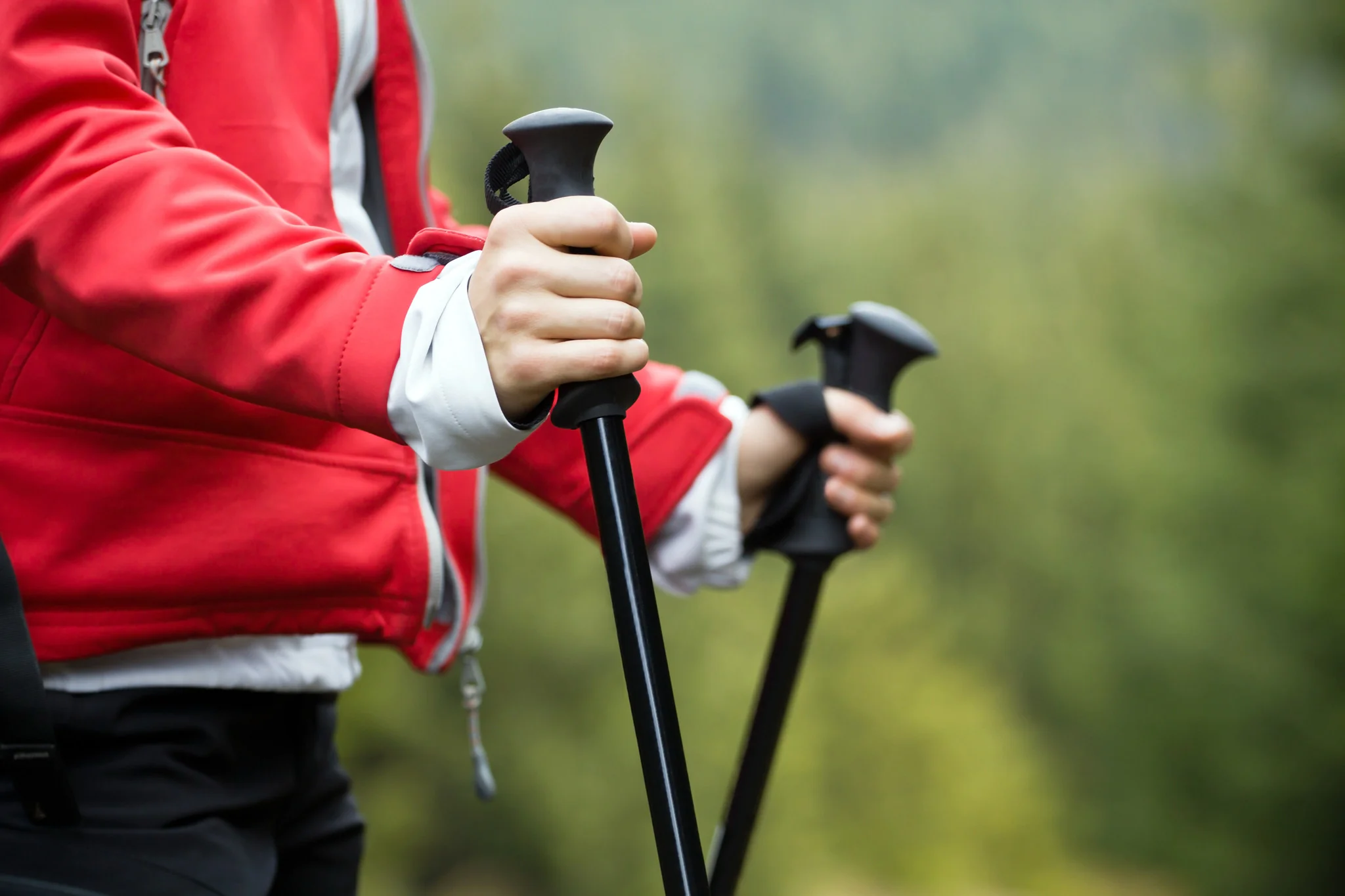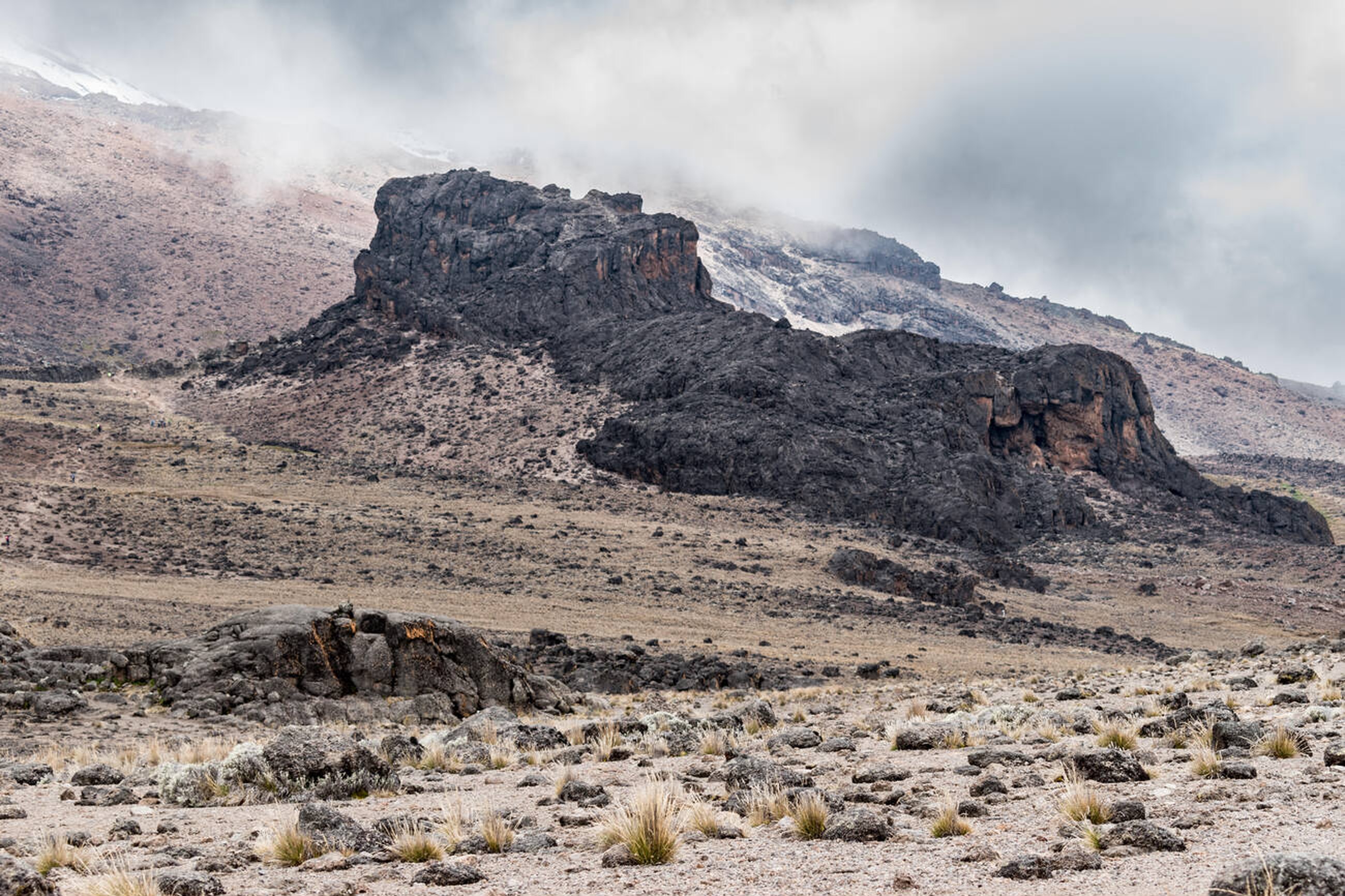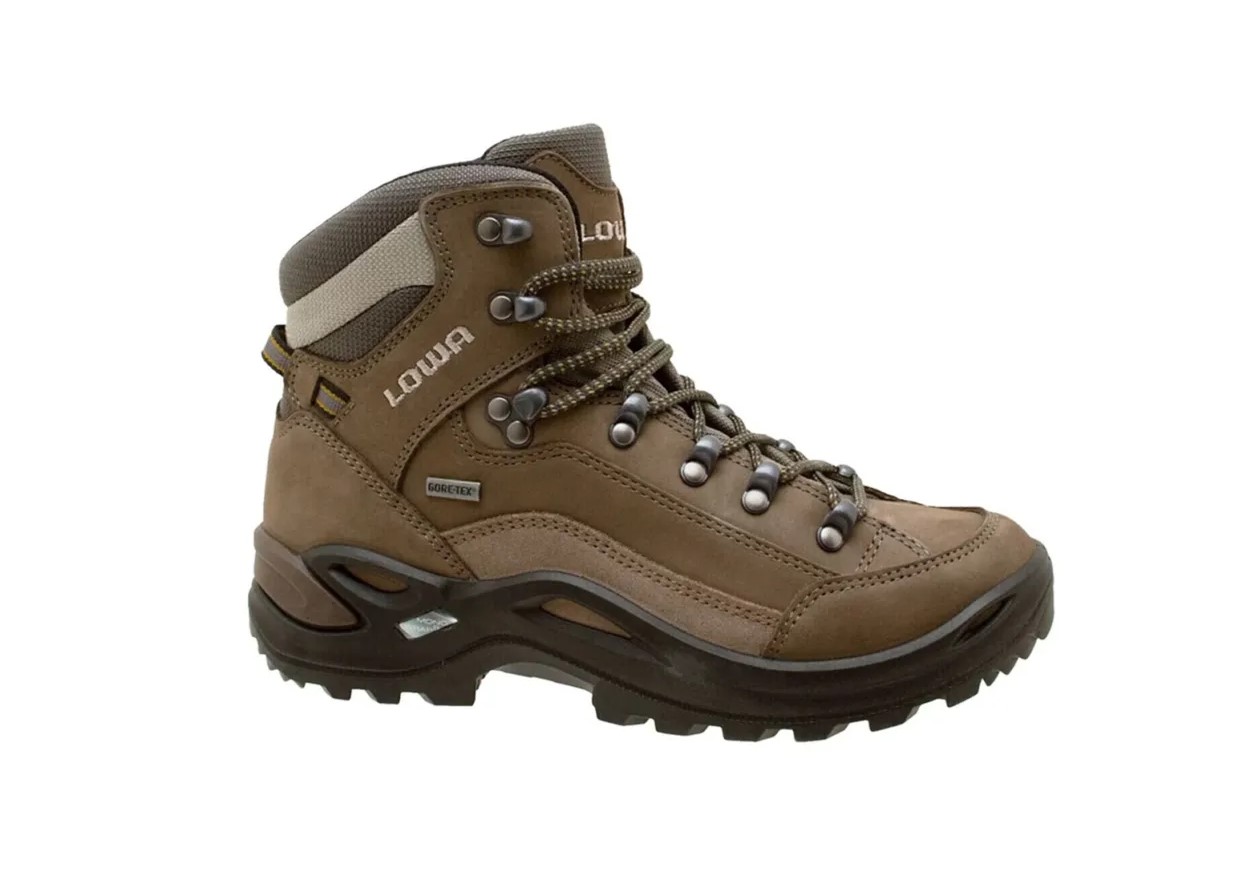What Is Uhuru Peak?
Uhuru Peak (5,895m/19,341ft) is the highest point on Mount Kilimanjaro, Africa’s tallest mountain and one of the Seven Summits. Located on the Kibo cone’s crater rim, it’s the ultimate goal for climbers, offering breathtaking views of glaciers, the Reusch Ash Pit, and Tanzania’s plains. Named “Uhuru” (Swahili for “freedom”) to celebrate Tanzania’s independence, this summit is a life-changing milestone. Kilisherpas Travel, with 20,000+ safe ascents since 2021, guides you to this iconic peak with a 95%+ success rate.
Is Uhuru Peak the Top of Kilimanjaro?
Yes, Uhuru Peak is the true summit of Kilimanjaro, the highest point on the Kibo crater rim. It surpasses two other official summit points:
- Gilman’s Point (5,685m/18,652ft): Reached via Marangu, Rongai, or Northern Circuit routes.
- Stella Point (5,756m/18,885ft): Reached via Machame, Lemosho, Umbwe, or Shira routes.
From Gilman’s Point or Stella Point, climbers traverse the crater rim to Uhuru, a 45–60-minute hike (1km/0.6 miles, ~139–210m elevation gain). This final stretch is gentler but challenges climbers with altitude and fatigue.
Reaching Uhuru Peak: The Summit Push
Summit Night:
- Start: Midnight from base camps—Barafu Camp (4,673m/15,331ft) for Machame/Lemosho/Umbwe/Shira routes or Kibo Huts (4,700m/15,420ft) for Marangu/Rongai/Northern Circuit.
- Ascent: 5–8 hours to Gilman’s Point or Stella Point (985–1,083m gain), then 45–60 minutes to Uhuru.
- Conditions: Sub-zero temperatures (-10°C to -20°C), low oxygen (50% of sea level), and potential ice/snow.
- Descent: Via Stella Point (Machame/Lemosho) or Gilman’s Point (Marangu/Rongai) to Barafu/Kibo Huts, then Mweka or Marangu Gate.
Routes to Uhuru Peak:
- Machame (7 days): Scenic, with Kosovo Camp for a shorter summit push.
- Lemosho (8 days): Gradual, with optimal acclimatization.
- Northern Circuit (9 days): Longest, least crowded, best for acclimatization.
- Marangu (5–6 days): Hut-based, via Gilman’s Point.
- Rongai (6–7 days): Northern approach, quieter, via Gilman’s Point.
- Umbwe/Shira (6–7 days): Steeper, via Stella Point.
Kilisherpas Tip: Choose longer routes (Lemosho, Northern Circuit) for better acclimatization, increasing summit success.
Significance of Uhuru Peak
- Ultimate Achievement: Earn a KINAPA certificate, recognizing your summit of Africa’s highest peak.
- Stunning Views: Panoramas of Kibo’s glaciers, crater, and distant plains.
- Cultural Symbol: Represents freedom and resilience for Tanzanians.
- Seven Summits: The easiest of the seven, yet a bucket-list feat.
A prominent KINAPA signpost at Uhuru Peak marks the spot for iconic summit photos.
Challenges at Uhuru Peak
- Altitude: At 5,895m, Acute Mountain Sickness (AMS) risks include dizziness, nausea, and fatigue due to low oxygen.
- Summit Night: Grueling 12–16-hour round trip, with steep, cold ascents.
- Weather: High UV radiation, blustery winds, and sub-zero temperatures.
Kilisherpas Travel mitigates risks with:
- Twice-daily health checks (pulse oximeter, Lake Louise Scoring).
- Emergency oxygen, stretchers, and helicopter evacuation partnerships.
- WFR-certified guides (1:2 ratio) for personalized support.
Tips for Reaching Uhuru Peak
- Acclimatize: Opt for 8–9-day routes to adjust to altitude (see Climate Zones).
- Train: 3–4 months of cardio, strength, and altitude prep (see Training Guide).
- Gear: Down jacket, gloves, beanie, sunscreen, and 3–4L water capacity (Packing List).
- Pace: Move “pole pole” (slowly) to conserve energy and reduce AMS risk.
- Nutrition: High-calorie meals to combat appetite loss (Food Menu).
Why Climb with Kilisherpas Travel?
- Expert Routes: Tailored itineraries (e.g., Lemosho, Northern Circuit) for optimal success.
- Safety: Comprehensive medical support and experienced guides.
- Ethical Practices: KPAP-compliant, supporting porters and local communities.
- Proven Record: 95%+ summit rate with 20,000+ ascents since 2021.
Ready to Summit Uhuru Peak?
Uhuru Peak is the pinnacle of Kilimanjaro, offering unmatched views and a sense of triumph. Kilisherpas Travel’s expert guidance ensures a safe, memorable climb. Book your 2025 adventure or explore our hiking tours.


